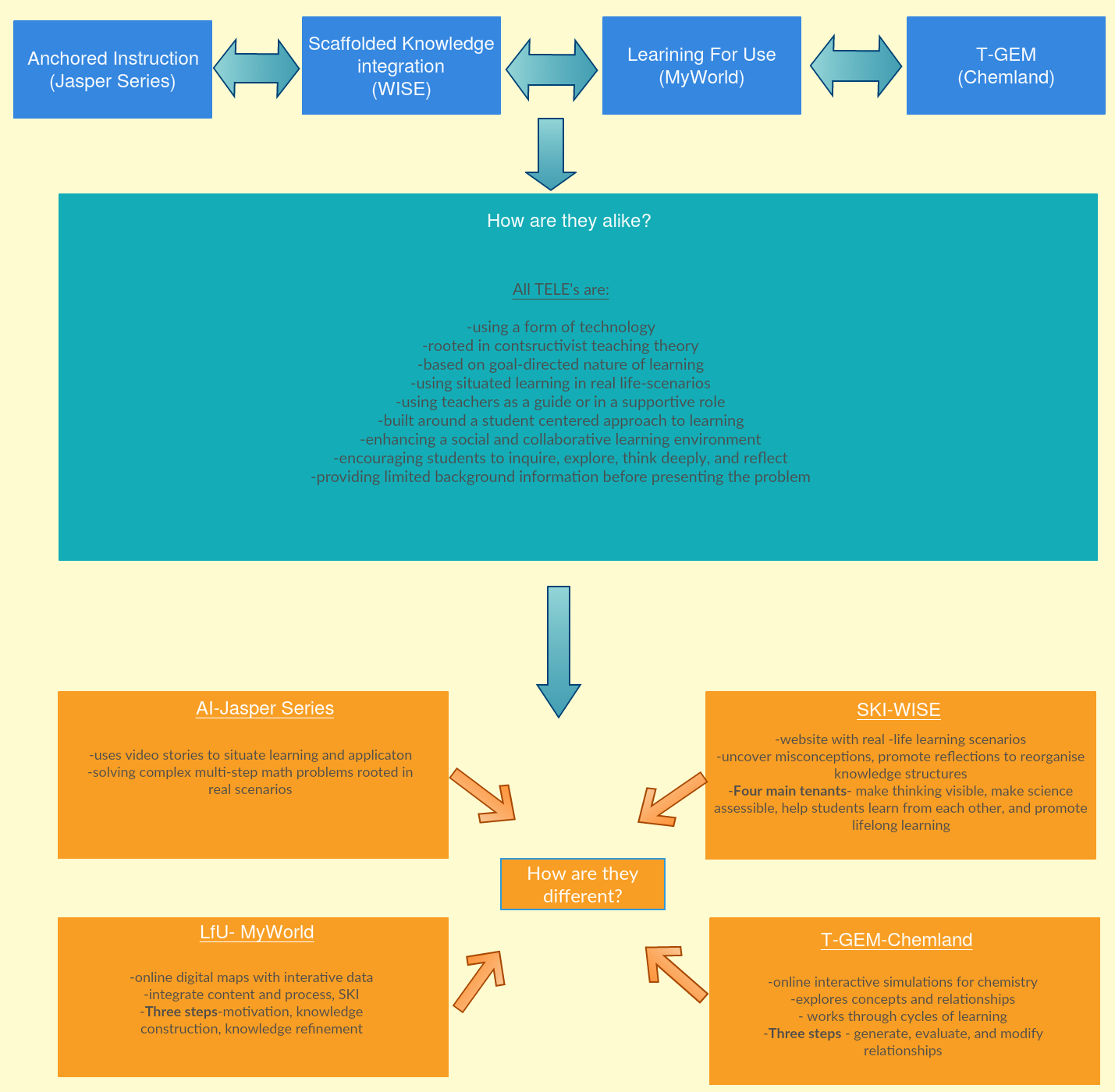Why is visualization necessary for student understanding of math or science?
Throughout our readings and discussions on information visualization, I found time to reflect on why visualization may be necessary for understanding concepts in Physics.
I chose to examine the PhET simulations (specifically for Physics) to research my inquiry. I took the time to read some preliminary pages on the PhET research page on their simulation design process and the thoughts behind their interface. These simulations are created, designed, tested, and studied with student-centered learning, engagement, and exploration as their foundation (“PhET Look and Feel and PhET Simulation Design Process publications”, n.d.).
Visualization is necessary for understanding concepts in Physics. Simulations can connect the learner to what the eye cannot see. Ideas like the conservation of energy or electron flow in a circuit are difficult to imagine with a learner’s own comprehension. Perkins et al., (2006) make a strong point by explaining how teachers have difficulty creating a shared visual model for their students. Using sims eliminates this difficulty and allows “the teacher and students to focus their time and attention on creating an understanding of the physics rather than on establishing a common picture” (Perkins et al., 2006, p. 19).
Sims allow learners the opportunity to primarily investigate conceptual knowledge with idyllic conditions and then integrate complex conditions that are typical of real-life (Perkins et al., 2006). In the sim Energy Skate Park, the skateboarding ramp is a simple parabolic shape with a frictionless surface. Later, students can add on to the skate ramp, introduce friction, change the mass of and the object skating, view different graphs of the energy levels, and use different gravitational forces from the moon or Jupiter.
When pedagogically integrated into the right context and structured by specific learning outcomes, sims can surge student access to physics notions by interacting with the models which facilitate connections between the students’ everyday understanding and physical principles (Finkelstein et al., 2005). Sims can provide a visual context for some misconceptions that students may hold to. Another simulation that I examined (Circuit Construction Kit), which lets students create electrical circuits with required parts, has the option of showing electron flow. This small change of electrons flowing instead of arrows which represent current flow can help students realize that electrons do not get consumed in a light bulb (Finkelstein et al., 2005). Often details like wire insulator color can distract or mislead students, especially since resistors have color coding on them. The simulations “scaffold students’ understanding, by focusing attention to relevant details” (Finkelstein et al., 2005, p. 7).
From my experience with these two specific sims, I have been able to find areas where their integration within a lesson would be conducive to student engagement and construction of knowledge. These sims need not only be used as a virtual lab, but perhaps embedded within a lecture, used as resources in tutorials, and possibly even as homework.
As an educator, an important pedagogical step to consider is assessment. While the Energy Skate Park and Circuit Construction Kit sims did not have any embedded self-check points, the teacher needs to incorporate these into the use of the sims. Whether a simulation has self-assessment constructed within it or the teacher employs their own method of concept check, it is imperative that the learner builds the correct knowledge and leaves the simulation with that.
References
Finkelstein, N., Adams, W., Keller, C., Kohl, P., Perkins, K., & Podolefsky, N. et al. (2005). When learning about the real world is better done virtually: A study of substituting computer simulations for laboratory equipment. Physical Review Special Topics – Physics Education Research, 1(1). doi: 10.1103/physrevstper.1.010103
Perkins, K., Adams, W., Dubson, M., Finkelstein, N., Reid, S., Wieman, C., & LeMaster, R. (2006). PhET: Interactive Simulations for Teaching and Learning Physics. The Physics Teacher, 44(1), 18-23. doi: 10.1119/1.2150754
PhET Look and Feel and PhET Simulation Design Process publications. Retrieved from https://phet.colorado.edu/en/research
University of Colorado Boulder. (ND). PhET Interactive Simulations: Energy Skate Park. Retrieved on March 27, 2019 from https://phet.colorado.edu/en/simulation/legacy/energy-skate-park
University of Colorado Boulder. (ND). PhET Interactive Simulations: Energy Skate Park. Retrieved on March 27, 2019 from https://phet.colorado.edu/en/simulation/legacy/energy-skate-park
